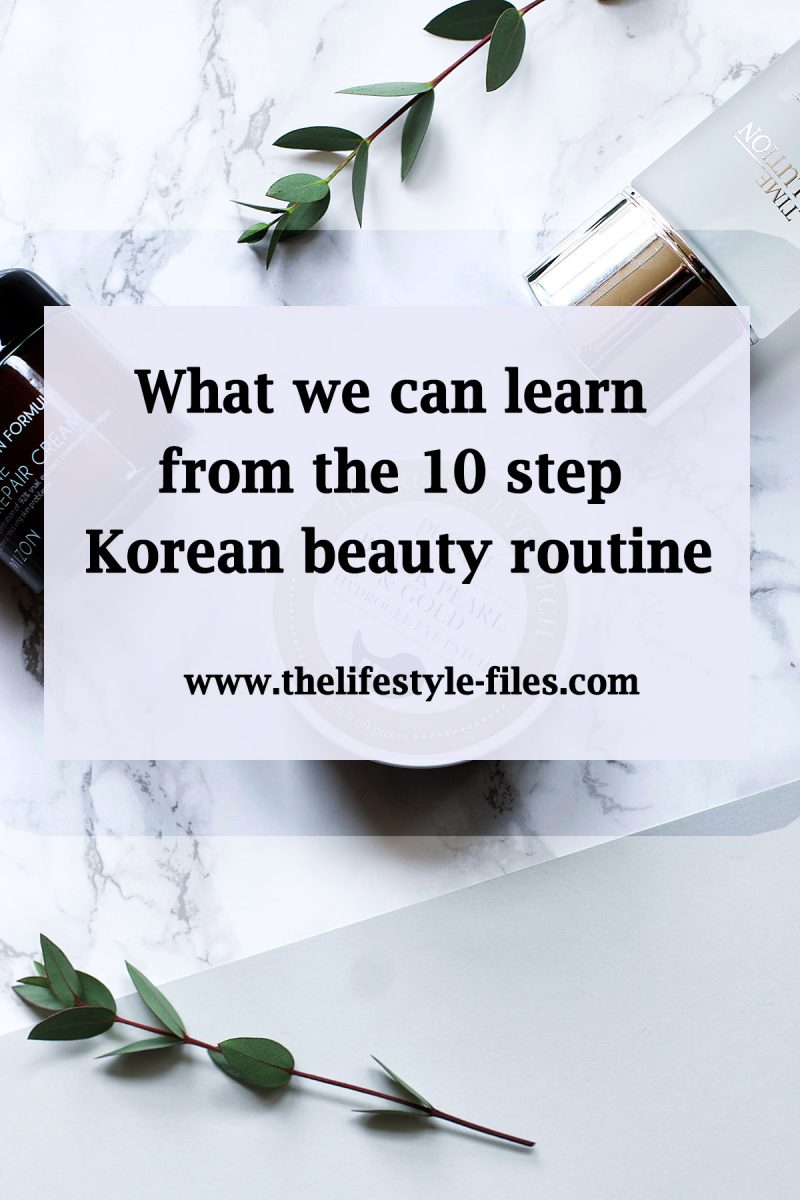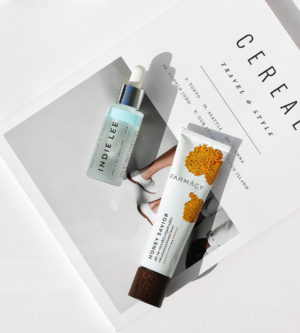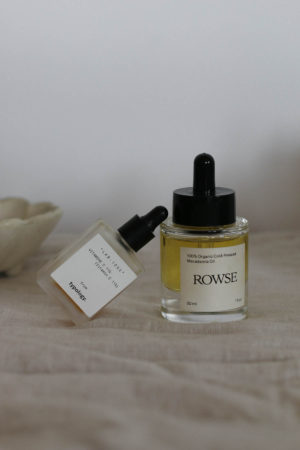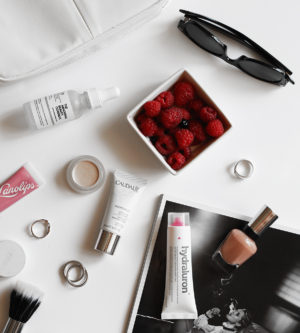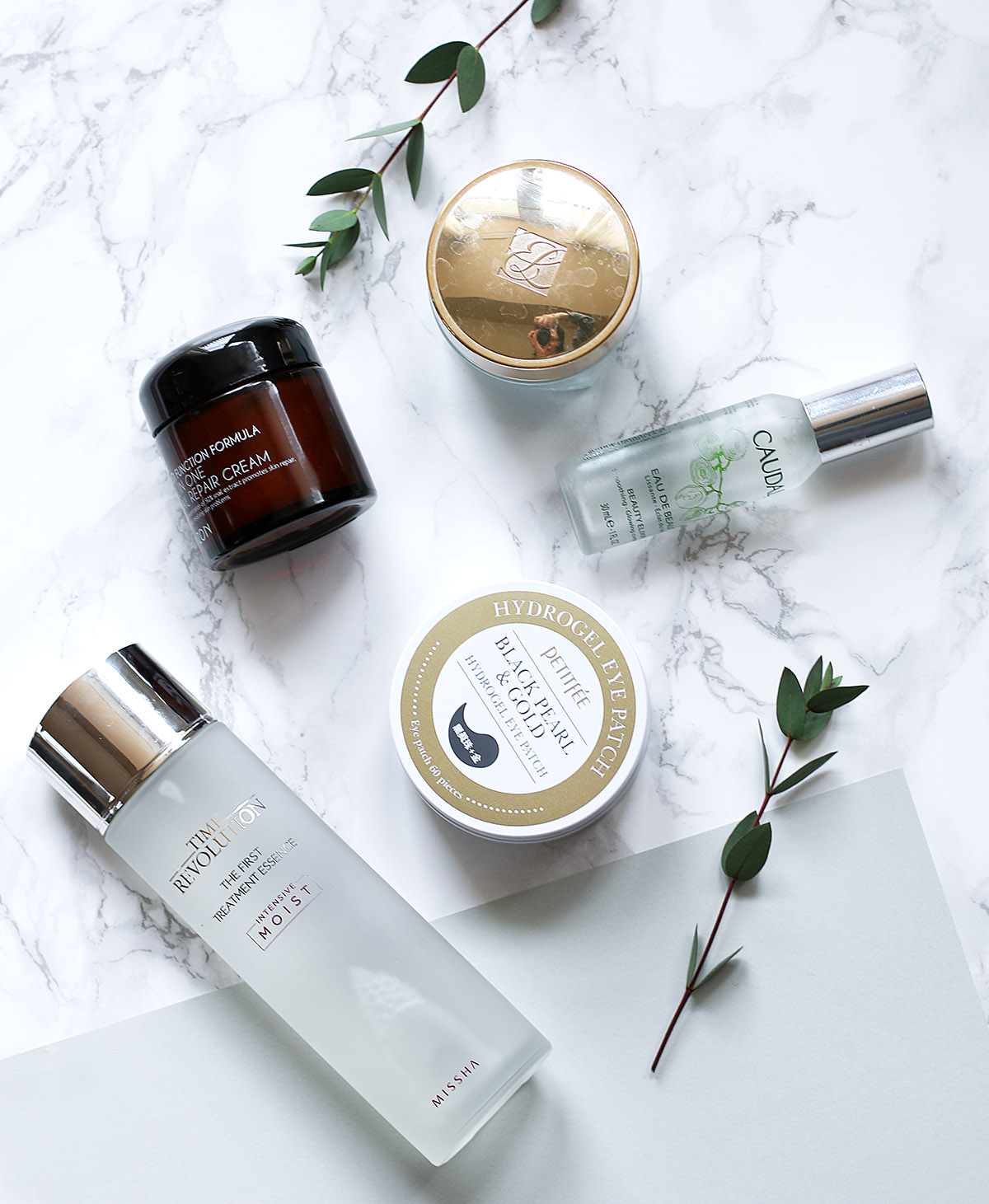
There is a lot of buzz surrounding the 10 step Korean beauty routine and K-beauty skincare products. It all started with the appearance of the BB cream around 2010 and suddenly, Korean beauty took the world by storm. Western media and consumers were strangely fascinated by products like essences, ingredients like snail mucin, and the elaborate, 10 step beauty routines Korean women were said to do everyday.
Most of the focus was put on these 10 magical steps. Usually, as in “who the hell has that much time to spend on a skincare routine”.
I think the focus is misplaced in this case.
While I would agree that most of the 10 steps usually associated with K-beauty could rightfully earn a place in a skincare routine, the real important things we can take away from the Korean beauty approach go much deeper than that. Their whole philosophy and practice about beauty, skin, wellness is so different from the usual Western approach that it is truly worth getting to know it.
Stepping into the product world of Koran beauty can be a little intimidating, just because of the sheer number of products available and the zero reference points we usually have regarding these brands. It does require a significant amount of research. However, we can learn a great deal from their incredible skin philosophy and incorporate it into our everyday lives with or without the products themselves. Though I must say, it would be probably worth at one point to try some of the products, as the Korean infatuation with beauty fuels fast-paced R&D, with brands using the latest cutting-edge technology to develop products. Some estimates put Korean beauty products 12 to 14 years ahead of the U.S.
Here are the 10 most important things we can learn from the 10 step Korean beauty routine and the wonderful world of K-beauty. You’ll be inspired to become much more conscious and knowledgeable about skincare.
#1 Skincare is much more important than makeup
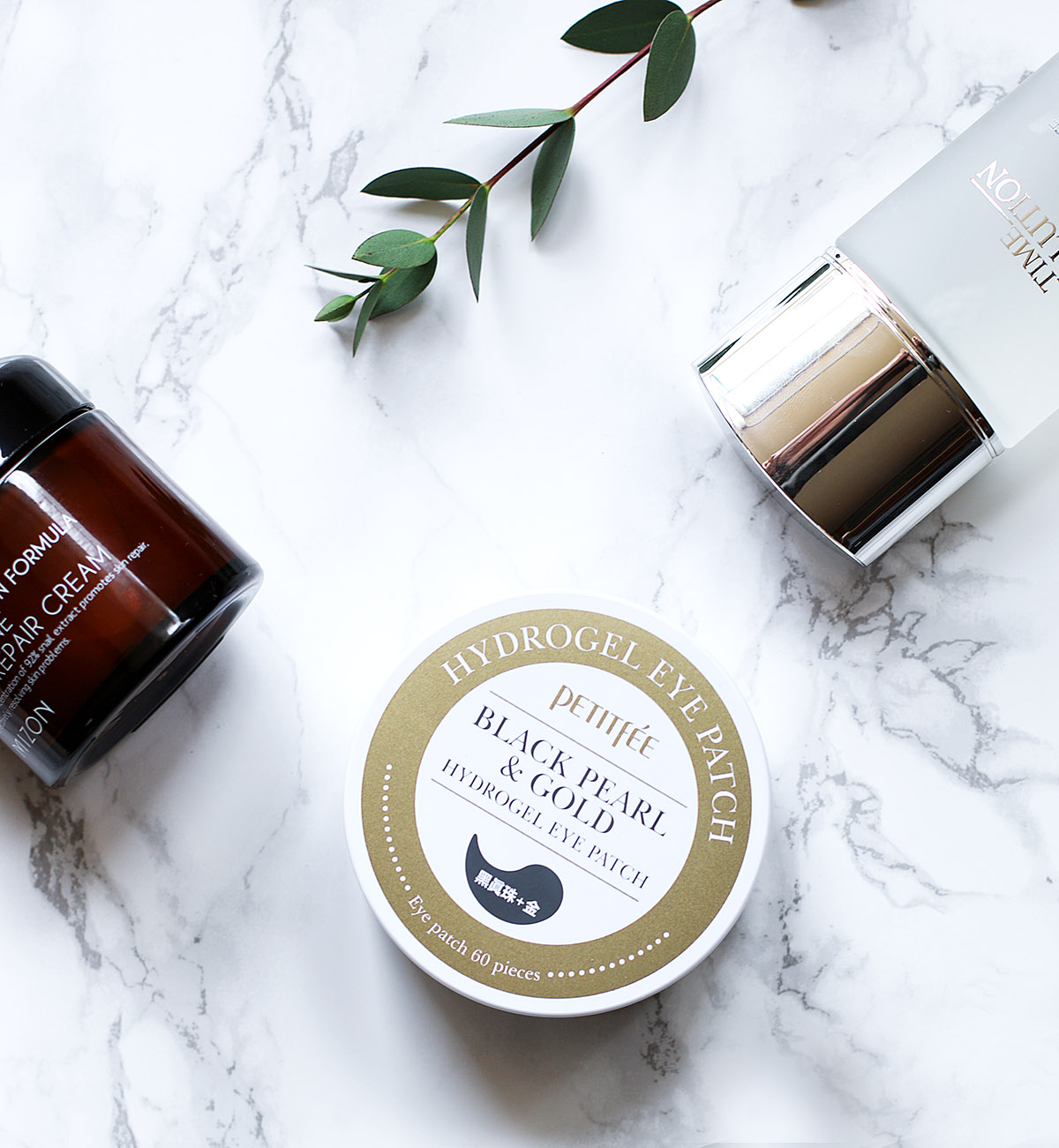
This is probably the biggest difference between Asian and Western beauty approach. The Korean routine is all about creating the perfect complexion and spending time and money on nurturing the skin itself, not various makeup products to cover or correct it.
#2 Skincare is part of a holistic approach to beauty and well-being
In Korean culture, skincare and beauty routines are not just about the products you put on your skin, but as Charlotee Cho writes in The Little Book of Skin Care, it is a
It’s probably not a coincidence that according to the latest research, South Korean women have the highest life expectancy in the whole world. Caring for yourself clearly pays off.
#3 Know your skin
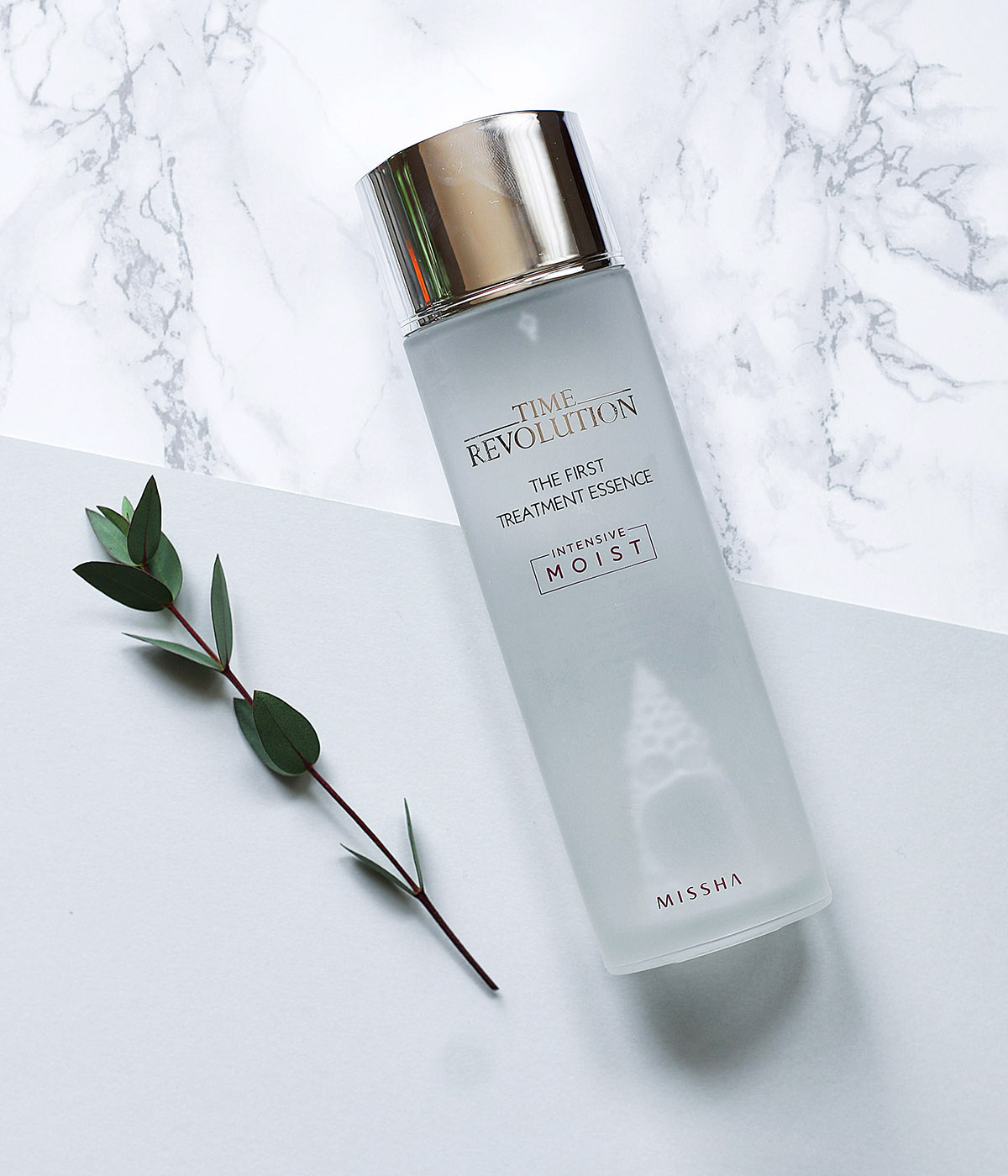
Know your skin type, your skin issues, what ingredients suits you and what might break you out. A good skincare routine is unique and personal. Even if a product is hailed as a “holy grail” product, if it’s not for your skin type or concerns, it will do nothing for you. And track the progress. Never introduce multiple products at once and leave ample time for them to work their magic. While there are products with instant effects (cleanser, masks), most of them will probably need time, at least 3-4 weeks to show significant results.
#4 Know the ingredients
Beauty brands would sell you anything and everything. And most consumers would buy anything and everything with the promise of “better”, “younger”, “bouncier”, “smoother”, “glowy”, “flawless” skin. Don’t believe the marketing gibberish. Korean customers know their stuff. They know which ingredients work for specific concerns, they know all about active ingredients, they know how to read the ingredient list (and actually read them before buying) and thus are able to tell the difference between the marketing and the truth. Check out this guide on how to read a beauty product label.
#5 Start early – prevention is way more effective than treatment
Another fundamental difference between Western and Korean skincare approach. Koreans start early. And I mean, early. Kids as young as 8-10 years old are taught the importance of cleansing, moisturizing and SPF protection. Going to the Korean spa is a whole-day weekend family program for all ages. Knowledge on ingredients, treatments, natural and traditional remedies are passed down from generation to generation. People are programmed to start early as opposed to Western people who at one point around 35 realize that aging is sadly happening and rush to the nearest store, where they allow the beauty counselor to persuade them to buy the most expensive anti-aging, wrinkle-reducing cream possible, hoping to reverse the previous 35 years of UV exposure and going to bed with make-up.
#6 More expensive does not necessarily equals better quality
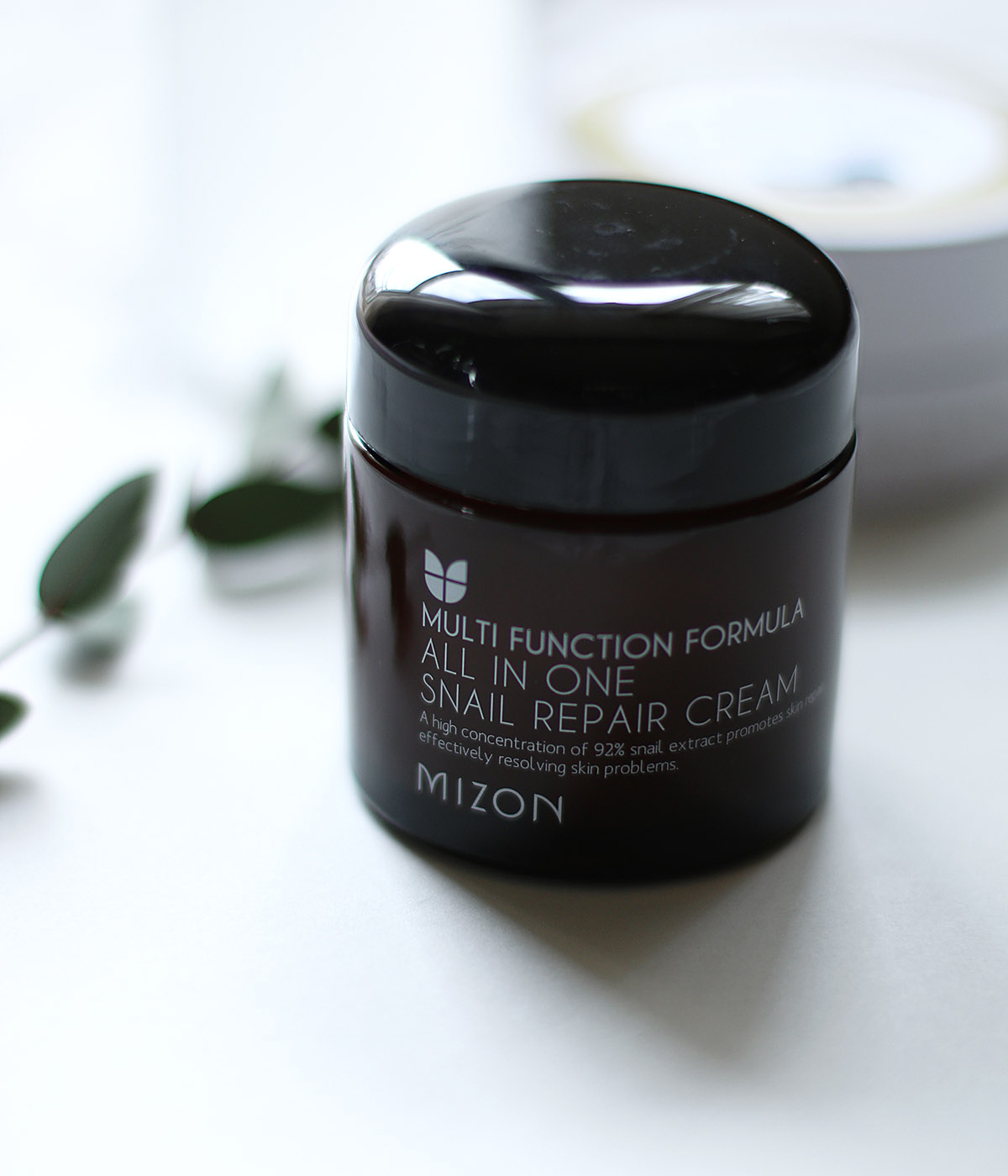
You can find a myriad Korean skincare product on every corner of Seoul or online, which are much cheaper than their Western counterparts. This is probably due to the combination of consumer demand and a cutting edge competition between brands, which helps keep the prices of beauty products down, without sacrificing quality. This also shows that a good skincare routine is not a luxury, and it is possible to get good ingredients and high-tech technology for lower prices as well.
#7 Cleansing is the foundation of skincare
As a general rule of thumb, if it took you 15 minutes to paint your face with makeup, you should at least spend a third of it on removing it (along with the dirt and other pollutions it collected during the day). And if you haven’t put on makeup, you still need to wash your face. Koreans believe in the power of double cleansing, once with an oil-based cleanser (to remove oil-based dirt like makeup or silicones), and once with a water-based cleanser (to remove any sweat or water-based debris).
#8 Application matters
The order of products is important. Their Ph. is important. They way you apply products are important.
#9 Never forget exfoliation
From head to toe. From acids and to full-on body scrubs at the Korean spa, Koreans take their exfoliation very seriously. They exfoliate to remove the built up dead skin cells on your skin, to encourage cell regeneration, to stimulate collagen production and to prep the skin and help it absorb moisturizers and other products better.
#10 SPF is the ultimate anti-aging ally
Korean people firmly believe that UV rays are one of the most harmful things for the skin and chiefly responsible for aging (not even mentioning skin cancer). Just Google “truck driver sun exposure” to see a shocking example. Thus, they put SPF right at the top of their skincare routines. As we should too. All the time. Yes, even during winter and cloudy days.
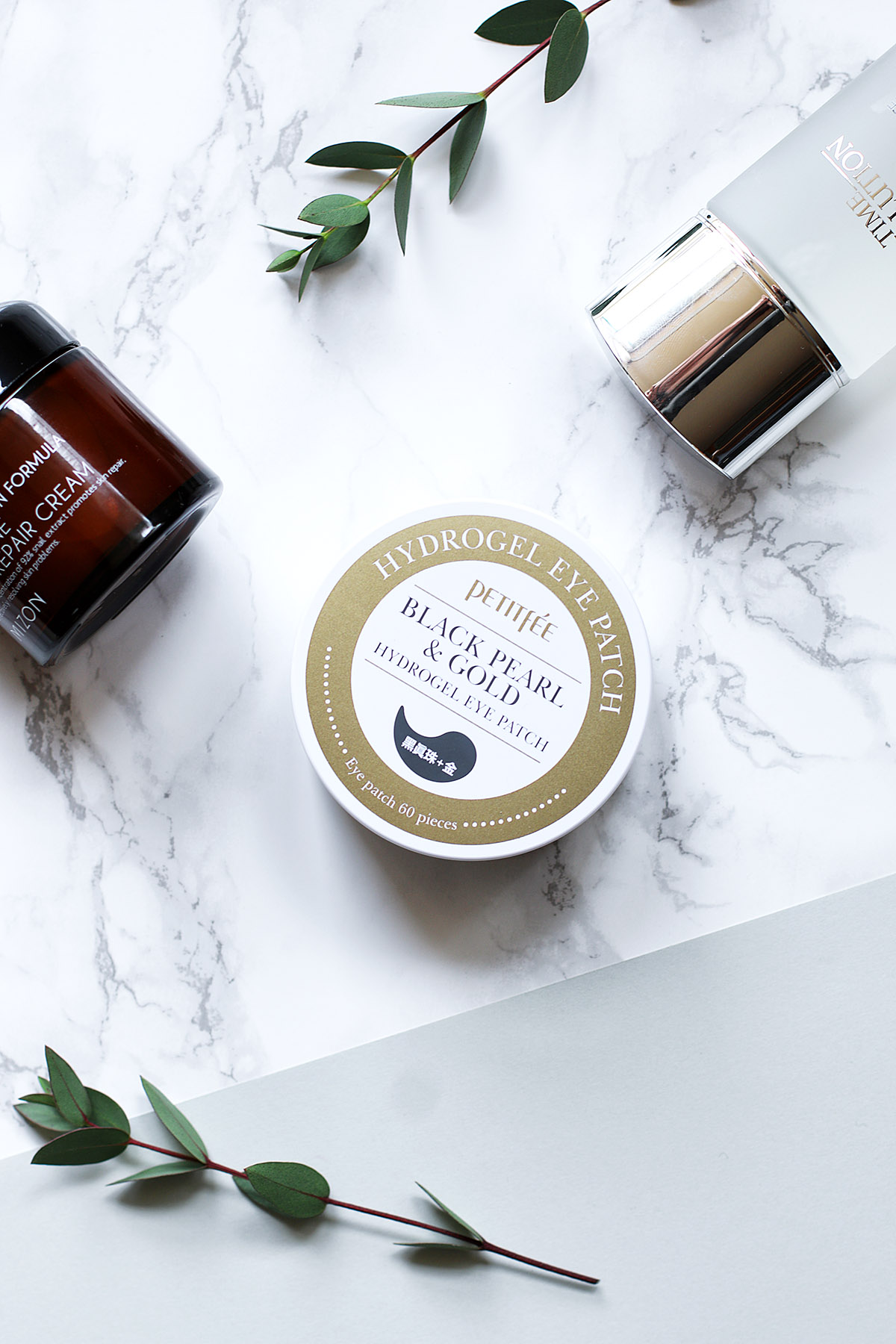
For further reading:
Charlotte Cho: The Little Book of Skin Care: Korean Beauty Secrets for Healthy, Glowing Skin
The Klog – Korean skincare blog with reviews, routines, tips and tricks, and innovation news.
The Wanderlust project – Product reviews, lifetsyle, travel
Peach and Lily – Online beauty store store and blog
Snow white and the Asian pear – Guides, tutorials, reviews
The Snailcast – K-beauty podcast with 4 bloggers

